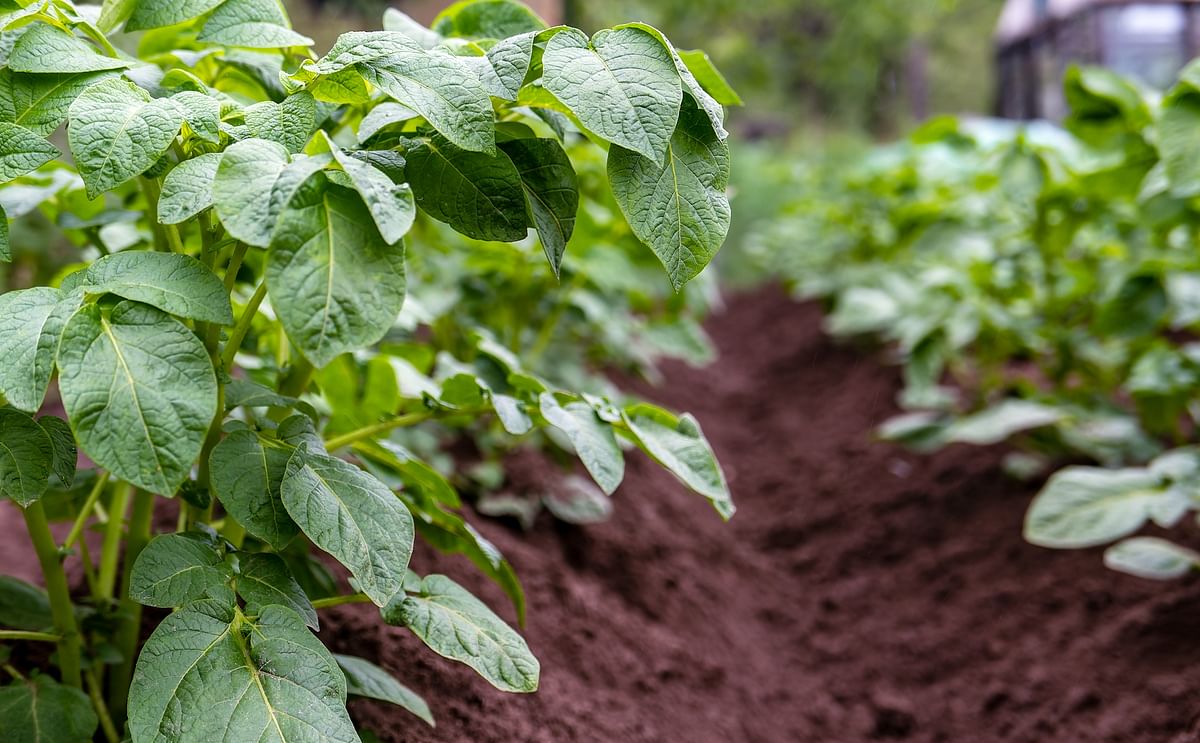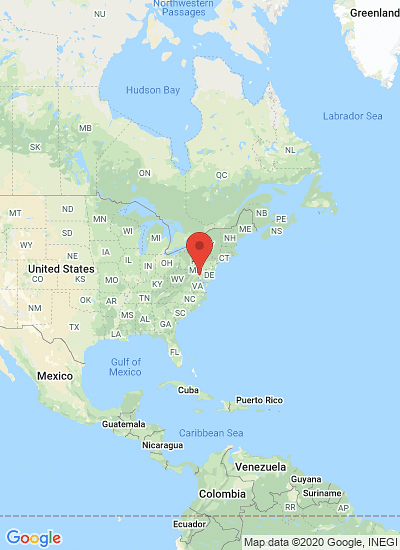Potato Plant
Calcium Can Protect Potato Plants from Bacterial Wilt

Scientists have discovered that calcium plays a significant role in enhancing the resistance of potato plants to bacterial wilt. This disease causes worldwide losses of potatoes costing USD 19 billion per year.
The findings open up new avenues for integrated disease management strategies, including the potential for calcium amendments to soil as a part of a comprehensive approach to controlling bacterial wilt in potatoes. The study is published in Applied and Environmental Microbiology, a journal of the American Society for Microbiology.
Ralstonia solanacearum species complex (RSSC) is a phytopathogenic bacterial group that causes bacterial wilt in several crops.
María Inés Siri, Ph.D., corresponding study author from the Department of Biosciences, University of the Republic, in Montevideo, Uruguay:
"Our research team has been dedicated to studying the Ralstonia solancearum-potato pathosystem for years, with a primary focus on developing potato varieties with resistance to bacterial wilt."
Pathosystems like this one are subsystems of ecosystems that specifically are defined by parasitism, where the parasite is any species that spends a significant part of its lifespan inhabiting and getting nutrients from a host. Siri said that until now, the relationship between the potato plant ionome (mineral and trace elements composition) and resistance levels to RSSC has not been addressed.
In the new study, the researchers initiated their investigation using potato plant genotypes with contrasting levels of resistance to bacterial wilt. This approach allowed the researchers to examine how different levels of natural resistance within the plants could be linked to their mineral compositions.
The researchers assessed the mineral content in various parts of the potato plants, such as the xylem sap, roots, stems and leaves, focusing on the relationship between these minerals, particularly calcium, and the plants' resistance to bacterial wilt.
Following this mineral assessment, the scientists explored the impact of calcium on several aspects related to the virulence of the pathogen, including its growth rate, ability to form biofilms and motility. Furthermore, they evaluated calcium's effect on enhancing plant resistance through controlled inoculation trials, providing a comprehensive view of how calcium supplementation could potentially bolster the potato plant's defense mechanisms against bacterial wilt.
The team discovered a positive relationship between the concentrations of calcium and the resistance levels of potato genotypes to bacterial wilt. They also found that calcium supplementation to the potato was able to significantly reduce the growth rate of the pathogen causing the wilt and negatively affect the pathogen’s ability to form biofilms and move, which are crucial for its virulence and ability to cause disease.
María Inés Siri:
"There are several exciting directions for future research stemming from our findings. We plan to delve deeper into understanding how calcium affects the pathosystem at the transcriptomic level, including plant defense mechanisms and the pathogen's virulence. We also aim to explore the plant microbiome's role in resistance and develop practical field management strategies that incorporate calcium fertilization."
The study is the first to utilize microfluidic chambers to monitor pathogen growth and biofilm formation under conditions mimicking the plant's vascular system, said Siri. This innovative approach has provided valuable insights into how calcium supplementation can impede the pathogen's ability to form biofilms, a key factor in its virulence.
María Inés Siri:
"Additionally, this methodological advance is not just limited to our current study, but also holds promise for future research on this important vascular pathogen. By offering a new tool for detailed observation and analysis, our approach could be leveraged in further studies to unravel the complexities of plant-pathogen interactions and to explore novel disease management strategies."
More News For PotatoPro

Pan al vapor chino incluye la papa como alimento básico

19 organizaciones europeas denuncian en el PE la falta de disponibilidad de productos para la protección de las plantas












